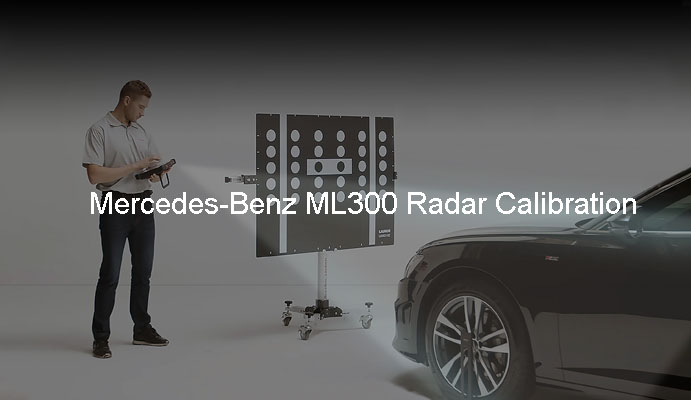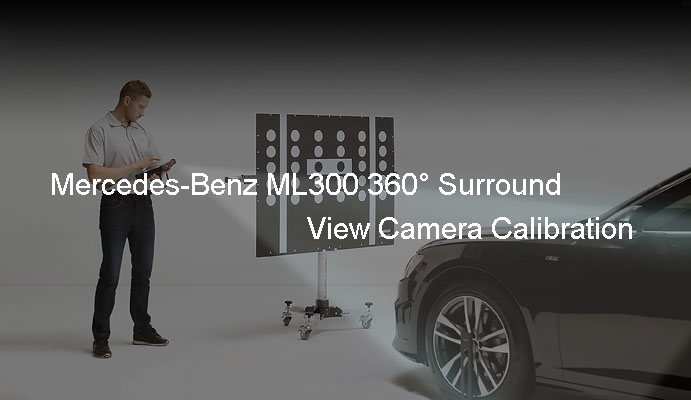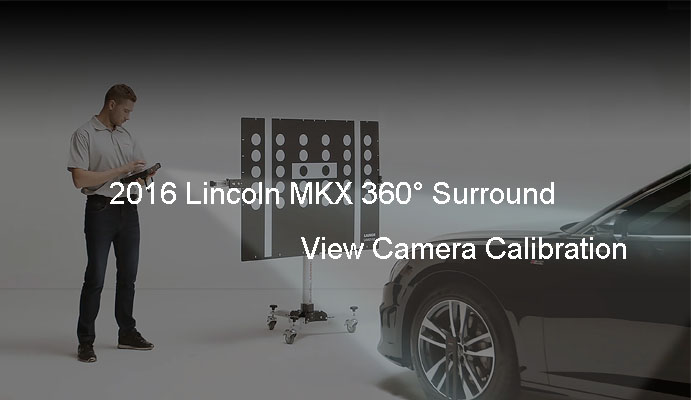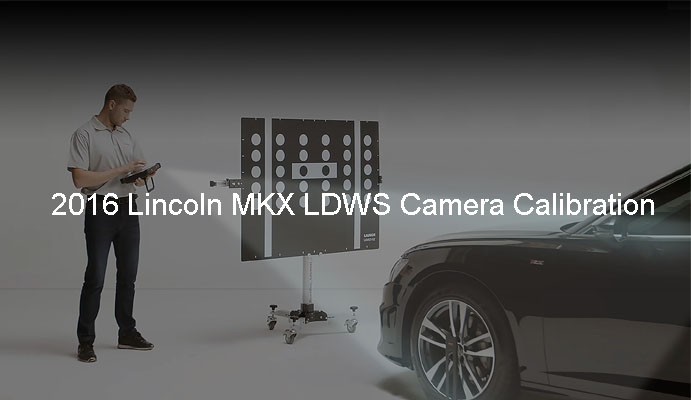What is ACC calibration?
ACC calibration is the process of adjusting and fine-tuning the ACC system parameters to ensure accurate and reliable performance. The ACC system is designed to assist drivers by automatically regulating the vehicle's speed to ensure a safe distance is maintained from the vehicle in front. The system uses radar sensors or cameras mounted on the front of the vehicle to detect the distance to the vehicle ahead and adjust the speed accordingly.
Why ACC calibration is important?
Adaptive Cruise Control (ACC) calibration involves setting system parameters, such as speed and distance thresholds, time-to-collision values, and acceleration, to ensure optimum system performance in various driving conditions. Why is ACC calibration so important? The reasons are as follows:
1. Performance: ACC calibration can affect the performance of the system under various driving conditions. For example, different weather, road conditions and speeds. Proper calibration ensures optimum performance of the car in different conditions.
2. Accuracy: The ACC system relies on sensors to detect the distance between the vehicle and the vehicle ahead. Inaccurate calibration can result in incorrect distance measurements, affecting the system's ability to maintain a safe distance from the vehicle ahead.
3. Safety: ACC system improves safety by reducing driver workload and avoiding collisions. Improperly calibrated systems can compromise safety by causing false alarms or failing to alert drivers to potential hazards.
4. Liability: The manufacturer or service provider may be held legally liable if improper calibration of the ACC system may result in an accident.
5. Comfort: Proper ACC calibration ensures smooth and predictable system operation, reducing driver stress and improving driving comfort.
6. Maintenance: ACC calibration can help identify potential problems with the system and prevent breakdown. Proper calibration ensures proper system function and reduces the risk of costly repairs or replacements.
In conclusion, correct ACC calibration is critical for drivers and road users.
Does acc calibration calibrate the camera or the sensor?
Whether the ACC calibrates the sensor or the camera depends on the specific ACC system. Some ACC systems use radar sensors, while others use a combination of radar sensors and cameras.
For example, in a system that uses only radar sensors, the calibration process will involve adjusting parameters related to the radar sensor, such as range and speed thresholds. In systems that use both radar sensors and cameras, the calibration process may involve adjusting parameters related to the radar and camera, such as detection range, viewing angle, and image processing algorithms.
Regardless of the above situations, ACC calibration is usually performed by trained technicians, and correct operation is conducive to increasing the accuracy of system calibration.
An
Adaptive Cruise Control Calibration Tool is a specialized device or software program calibrating a vehicle's ACC system. The tool communicates with the ACC system's sensors and control unit to adjust various parameters to ensure optimum performance.
Diagnostic scan tool: Diagnostic scan tool’s software program communicates with the vehicle's onboard computer to read information about problems with the ACC system. Generally, it is calibrated with ADAS equipment.
Radar alignment tools: These are specialized tools used to align the radar sensors in the ACC system. They ensure the sensor is properly positioned and designed for optimum performance.
Camera calibration tool: Some ACC systems use cameras to detect and track vehicles ahead. Camera calibration tools are used to adjust parameters such as camera detection range and image processing algorithms to ensure accurate and reliable performance.
Manufacturer-specific tools: Some automakers provide specialized calibration tools for their ACC systems. These tools are designed for use with the manufacturer's system and can provide more accurate and reliable calibrations than generic tools.
SmartSafe has introduced ADAS equipment designed for both passenger and commercial vehicles, including ACC calibration, for
ADAS calibration.
Passenger vehicles ADAS equipment: X-431 ADAS LITE, X-431 ADAS PRO PLUS, X-431 ADAS MOBILE.
Commercial Vehicle ADAS equipment: X-431 ADAS HD。
Diagnostic scan tools: iSmartLink D01, iSmartLink 801. These need to work with ADAS equipment.
Future Trends of ACC Calibration
The field of ACC calibration is rapidly evolving, driven by advances in sensor technology, artificial intelligence, and machine learning. Here are some future trends that are likely to impact the field of ACC calibration:
Multi-sensor systems: ACC systems may combine multiple sensors in the future. Such as radar, lidar, and cameras, to improve accuracy and reliability. The calibration of these multi-sensor systems will require more sophisticated calibration tools and techniques.
AI-based calibration: AI and machine learning algorithms can be used to optimize ACC calibration parameters based on real-time driving data. This approach can improve system performance and reduce the need for manual calibration.
Standardization: As ACC systems become more common, there may be an increased emphasis on standardized calibration procedures between different manufacturers. This helps ensure consistent and reliable performance across vehicles.
Remote Calibration: Remote calibration tools and technologies are likely to become more common, enabling technicians to calibrate ACC systems remotely without physical access to the vehicle.
Integration with autonomous driving: As autonomous driving technology advances, ACC calibration may become more tightly integrated with other automated driving systems. Examples include lane departure warnings and automatic emergency braking.





